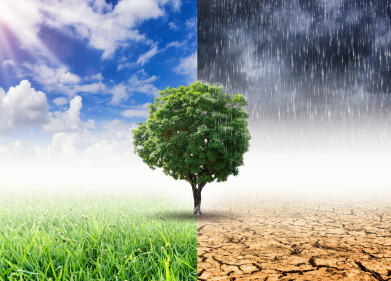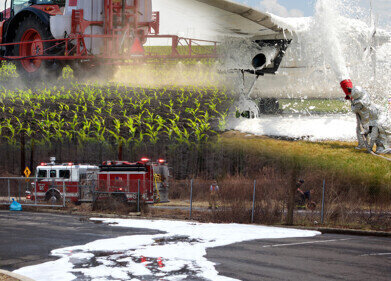Groundwater monitoring
California is Imposing Mandatory Curbs on Water Use for the 1st Time – But Why?
Apr 22 2015
It may have a reputation for being laid-back and easy-going but when it comes to drought, California is changing its tune. When April 1st rolled around, Golden State governor Jerry Brown passes a new mandate ordering 400 local water supply providers to slash delivery rates by 25% over the next 12 months. Considering that these agencies serve 90% of the state’s population, this is a pretty serious move from sunny California. Of course, all’s fair in drought and politics which means that high performing water wise regions such as Los Angeles County will be cut a little more slack than their thirsty counterparts.
Californian groundwater extractors forced to measure up
So what bought about the sudden change of heart? At its core, the new laws are designed to stop wealthy Californians and land owners from extracting as much groundwater as they please. While the state can measure the amount of water its residents are using, it CAN’T regulate how much is being extracted. This is the problem. Now, the governor has signed a bill to regulate groundwater extraction and force communities to adopt sustainable water management strategies by 2020. By 2040, they should be wholeheartedly adopting these new strategies. “You can’t cut back what you can’t measure—it’s as simple as that,” maintains Andrew Fahlund of the California Water Foundation, a green group.
Urban water usage pursued as key target
When it comes to pinpointing targets, urban taps, hosepipes and sprinklers are on California’s radar. In 2014 the government urged the state’s population must slash its water consumption by 20%. It was only in December that California’s managed to achieve the target and now, the rules are getting stricter. Golf courses and cemeteries are two key culprits, while the state will also be demanding that 465 hectares of lawn is replaced with drought-friendly alternatives.
Agriculture gets an easy ride
Despite the fact that agriculture soaks up around 80% of the state’s water usage, Brown is going easy on farmers. Crops are a big part of California’s economy, with almonds, walnuts, and grapes guzzling a lot of water but also providing a livelihood for local farmers. Brown is standing by his decision to ease up on agriculture, maintaining that many farmers are “really suffering” in the face of drought.
So will the new regulations help California quench its thirst? Considering its history, we’d say the answer is yes. In the face of soaring population growth the state has managed to keep its water usage under wraps. In 1990 consumption per-capita sat at 232 gallons while in 2010, this had dropped to 178 gallons a day. This is largely credited to higher pricing and smart technology such as low-flow toilets and water saving showers. Under the new government regulations these figures are set to drop even lower. If local water supply providers can’t extract H2O, the local population will simply have to cut down on usage. This will see California well on its way to achieving its goal of cutting delivery rates by 25%.
More news from California
A new study has found that residents of the East Coachella Valley, California, are subject to increasingly high levels of air and water pollution. The new University of California Davis Center for Regional Change's latest study has shown that East Coachella Valley has unhealthy levels of water and air pollution that is potentially harmful to those who live in the area. For more information, read: Study shows high levels of air and water pollution in East Coachella.
Digital Edition
IET 35.2 March
April 2025
Air Monitoring - Probe Sampling in Hazardous Areas Under Extreme Conditions - New, Game-Changing Sensor for Methane Emissions - Blue Sky Thinking: a 50-year Retrospective on Technological Prog...
View all digital editions
Events
May 06 2025 Nuremberg, Germany
May 10 2025 Karachi, Pakistan
May 11 2025 Vienna, Austria
May 11 2025 Seoul, South Korea
Salon Analyse Industrielle & Instrumentation
May 14 2025 Paris, France






.jpg)


_(4427399123)-(2).jpg)









